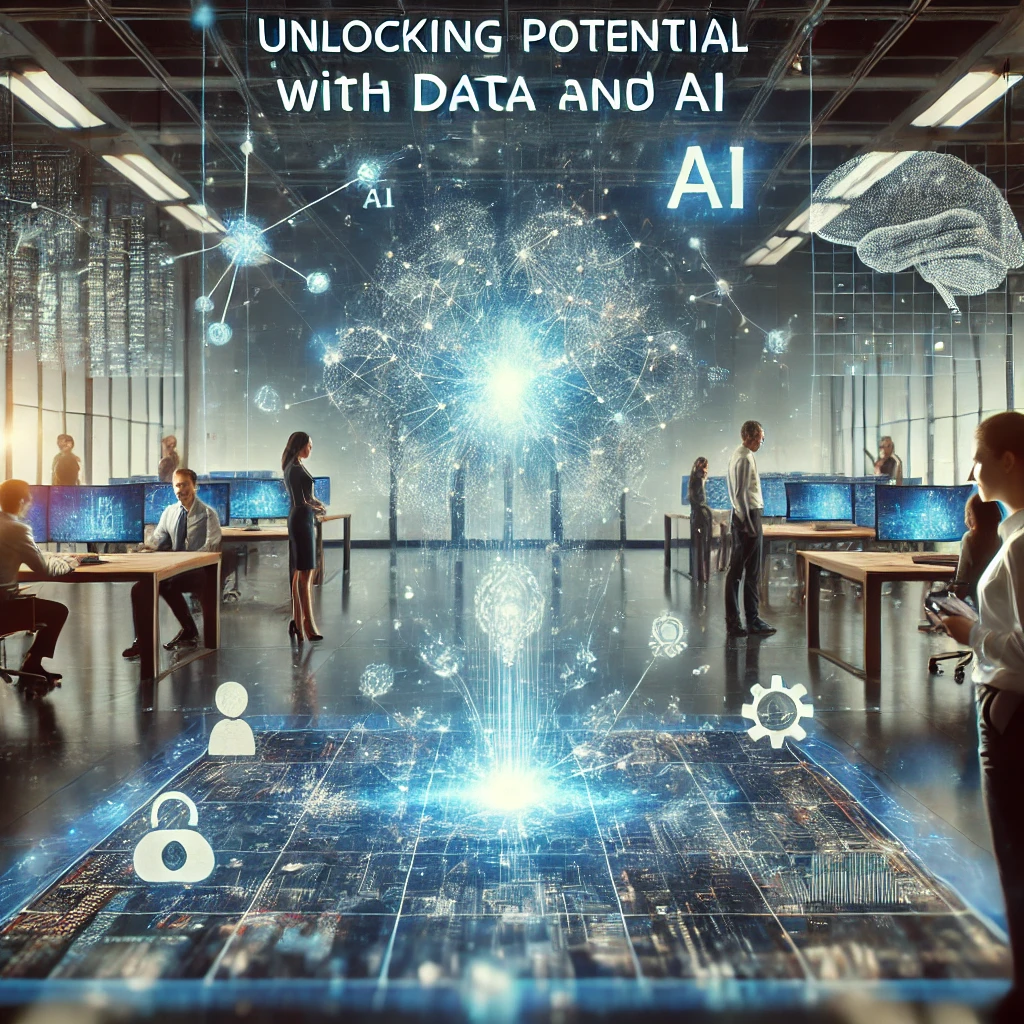Service Details
Services List





Enhanced Application Solutions
Enhanced Application Solutions refer to advanced methods, tools, and strategies implemented to optimize, modernize, and improve software applications. These solutions are designed to meet evolving business needs, improve user experience, and ensure applications perform efficiently and securely. By leveraging modern technologies like cloud computing, AI, and automation, enhanced solutions help organizations achieve scalability, flexibility, and sustainability. Businesses are increasingly relying on such solutions to stay competitive, streamline operations, and provide seamless customer experiences. Enhanced application solutions often focus on reducing costs, improving performance, and ensuring faster time-to-market for new features. By upgrading legacy systems, integrating cutting-edge technologies, and employing agile methodologies, enhanced application solutions empower organizations to deliver high-quality applications tailored to market demands. Furthermore, they ensure robust security, data management, and compliance with industry standards. Such solutions also enable businesses to adopt microservices architectures, APIs, and containerization for better modularity and scalability. Ultimately, enhanced application solutions provide a holistic approach to future-proofing applications and driving innovation.
- Optimization and Modernization: Improves application performance by upgrading legacy systems and adopting advanced tools.
- Integration of Emerging Technologies: Incorporates AI, cloud computing, and automation for better efficiency and scalability.
- Improved User Experience: Ensures seamless, intuitive, and user-friendly interfaces for end-users.
- Cost-Effective and Scalable: Reduces operational costs while providing scalable solutions to meet business growth and demands.
Robust Cyber Defense
Robust Cyber Defense refers to the implementation of comprehensive strategies, tools, and practices to protect digital systems, networks, and data from cyber threats. In an era where cyberattacks are growing in sophistication and frequency, a strong cyber defense is crucial for organizations to safeguard sensitive information, ensure business continuity, and maintain trust with customers. By combining proactive threat detection, real-time monitoring, and rapid incident response, robust cyber defense systems mitigate risks and prevent unauthorized access. A multi-layered approach to security—integrating firewalls, encryption, intrusion detection systems, and advanced threat intelligence—forms the backbone of cyber defense. With the increasing use of artificial intelligence and automation, organizations can detect and neutralize threats faster than ever. Employee training and adherence to cybersecurity best practices further strengthen the defense mechanism. Robust cyber defense not only protects against financial and reputational losses but also ensures compliance with regulatory standards and frameworks. By upgrading legacy systems, integrating cutting-edge technologies, and employing agile methodologies, enhanced application solutions empower organizations to deliver high-quality applications tailored to market demands. Furthermore, they ensure robust security, data management, and compliance with industry standards. Such solutions also enable businesses to adopt microservices architectures, APIs, and containerization for better modularity and scalability. Ultimately, enhanced application solutions provide a holistic approach to future-proofing applications and driving innovation.
- Multi-Layered Security: Combines firewalls, encryption, and intrusion detection systems to protect networks and data.
- Proactive Threat Detection: Utilizes AI and real-time monitoring to identify and respond to cyber threats quickly.
- Employee Awareness and Training: Educates staff on best practices to prevent phishing, malware, and social engineering attacks.
- Compliance and Resilience: Ensures adherence to industry regulations while building systems that can withstand cyber disruptions.
Empowering the Digital Workforce
Empowering the digital workforce involves equipping employees with the tools, technologies, and skills needed to thrive in today’s fast-paced, technology-driven environment. It focuses on enhancing productivity, collaboration, and innovation through the integration of advanced digital solutions such as cloud platforms, automation, artificial intelligence, and remote work tools. By fostering a digital-first culture, organizations enable employees to work smarter, adapt to change, and achieve business goals efficiently. The shift towards digital empowerment includes providing continuous learning opportunities, upgrading infrastructure, and promoting flexible work environments. It encourages employees to embrace new technologies, collaborate seamlessly across geographies, and contribute meaningfully to organizational growth. Empowered digital workers are more agile, creative, and engaged, driving business innovation and success.
- Access to Advanced Tools: Equip employees with modern technologies like AI, automation, and cloud solutions for increased efficiency.
- Continuous Learning and Development: Offer training programs to build digital skills and enhance adaptability to new tools.
- Flexible Work Environments: Promote remote and hybrid work models supported by digital collaboration tools.
- Improved Collaboration and Productivity: Enable seamless communication and teamwork using integrated platforms and digital resources.
Unlocking Potential with Data and AI
Unlocking potential with Data and AI involves leveraging the power of data-driven insights and artificial intelligence to drive innovation, efficiency, and growth. Organizations are now using AI to process vast amounts of data, identify patterns, and make informed decisions in real time. This transformative approach empowers businesses to streamline operations, predict trends, and deliver personalized experiences to customers. By integrating AI with data analytics, companies can uncover hidden opportunities, optimize resources, and solve complex challenges. Data and AI enable automation of repetitive tasks, freeing up human talent for strategic and creative work. From improving customer experiences to enhancing decision-making, the combination of data and AI has revolutionized industries across the globe. Businesses that embrace this synergy are better positioned to stay competitive, agile, and future-ready.
- Data-Driven Decision Making: Utilize AI to analyze data, predict trends, and provide actionable insights for better decisions.
- Automation and Efficiency: Automate routine processes with AI, improving productivity and resource optimization.
- Personalized Customer Experiences: Use AI-powered data analytics to deliver tailored products and services to meet individual needs.
- Innovation and Growth: Unlock new opportunities and drive innovation by discovering hidden patterns and insights in data.
Technology Infrastructure Evolution
Continuous advancement and transformation of IT systems
to adapt to new technologies, improve performance, and meet
business needs.
Efficient Data Handling
Optimizing the collection, storage, processing, and analysis
of data to ensure accuracy, speed, and resource conservation.
Top-tier Service Delivery
Ensures the highest level of quality, efficiency, and customer satisfaction in every service.
.png)